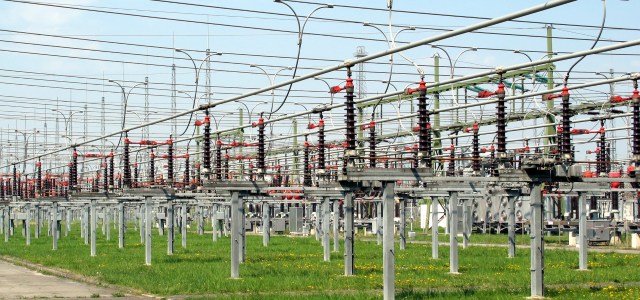One benefit of Germany’s energy transition is supposed to be technological innovations. The new superconductor currently being tested in Essen is a good example of how the Energiewende could ensure German technological leadership. Craig Morris says the project also shows what the future looks like for large utilities.
Amidst all the talk of the “utility death spiral,” there is no shortage of recommendations for conventional utilities. For instance, RWE plans to become a sort of service provider for households wishing to have “smart homes.”
The strategy does not convince me, however. The problem is that, while a large utility like RWE could easily provide such services, it does not follow that households need a large utility to connect a roof PV array to battery storage and household appliances. Indeed, the person actually doing the connection work in your home is likely to be a local technician. That person could be the local representative of a giant utility or the owner of a small business. Whether you want to have the former or the latter is a political question, not a technical issue in the power sector.
But a superconductor – now that’s a different story. Such power lines require a temperature of -140 degrees Celsius and colder. They can then transport electricity across long distances with extremely low losses. But the technology requires a lot of cutting-edge expertise and upfront capital – two things that the community energy projects I often extol generally lack. To put a finer point on it, your local technician who sets up smart homes in your neighborhood will not be offering superconductors anytime soon.
Discovered back in the 1980s, the superconductor effect is only now being put into practice in power lines. In Essen, a cable only one kilometer long has been in operation for six months now. Tests are to continue for another 18 months so that RWE, the firm behind the project, can learn more about how the technology can be integrated in our current grid. The researchers and representatives of RWE seem happy with the first quarter of the project.
Such short lines are not exactly what we usually think of when we hear about superconducting power lines. Generally, they are held to be the solution for long-distance transmission of, say, wind power from windy, but remote locations in the Midwest to faraway conglomerations like Chicago. But RWE has already found benefits of the new technology from the current project; fewer transformer stations are needed, for instance, which means far less equipment and less land is needed. Because of the low losses, superconducting cables can be used to transport the same amount of electricity as high-voltage lines. These lines would no longer be needed, so cities could do without the high-voltage level altogether and simply make do with the low-voltage distribution level and the medium voltage level for transmission. Then, no transformer stations would be needed for connections to high-voltage lines, which would disappear. In this way, the use of superconductors across short distances may be a less expensive alternative in conglomerations where land is expensive.
Called AmpaCity, the project is currently focusing on the application of research. Though the technology has been tested in various countries over the past few years, the one-kilometer line in Germany is the longest superconducting power cable in the world at present. But the goal of long-distance transmission remains, as this presentation on superconductivity from the IASS reveals. Who knows, if the Germans crack this one first, the world may soon be using more German technology for power transmission. And RWE might not mind being gradually pushed out of the business sector of power generation, which can easily be handled by SMEs, and into one that truly requires a global player.
Craig Morris (@PPchef) is the lead author of German Energy Transition. He directs Petite Planète and writes every workday for Renewables International.

I can see that in the near future we could have a super conducting power grid based on a ring in the Arctic that would allow solar power from one country to power others, during their night.